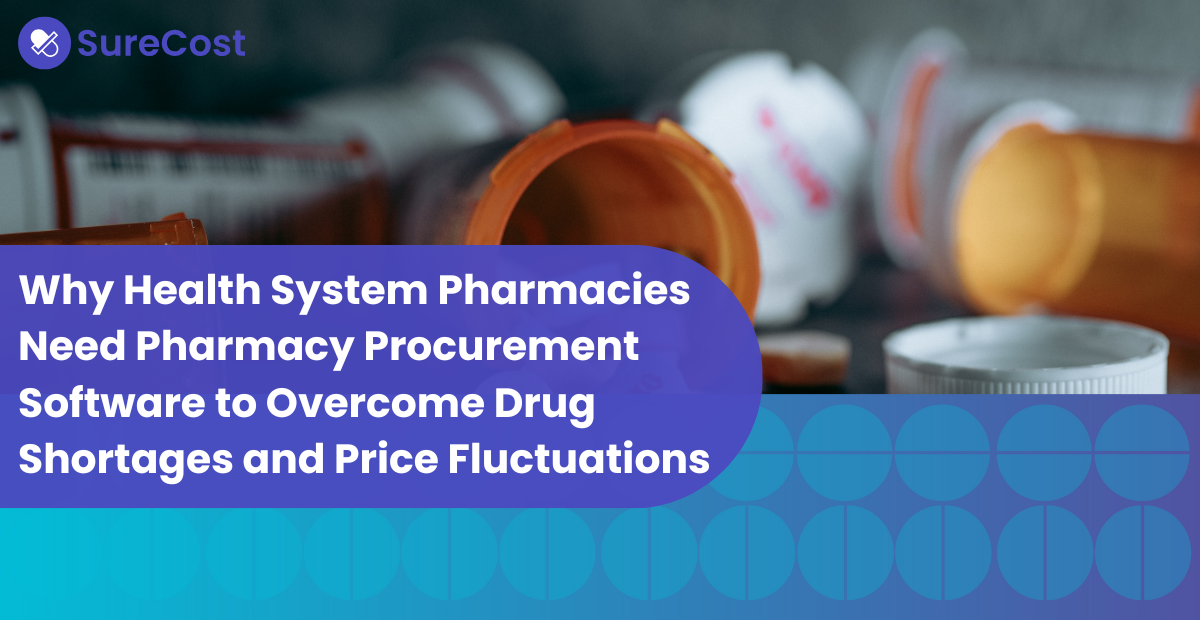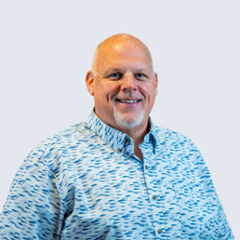Pharmacies often face a silent challenge: vendors substituting products that differ from what was originally ordered. The real kicker? Vendors don’t always notify pharmacies about these changes. As a result, many pharmacies remain unaware of the substitutions until they receive the deliveries. Even then, the substitutions might go unnoticed, leading to significant operational and financial impacts.
The Impact of Vendor Substitutions
Vendor substitutions might appear to be a minor issue, but our customer data from the 2024 Pharmacy Smarter Purchasing Report tells a different story. Here’s a snapshot of how these substitutions affect pharmacies:
SureCost customers experienced vendor substitutions in about 0.78% of their generic purchases, a slight increase from the previous year’s 0.74%. Retail pharmacies were hit harder, with some seeing nearly 8% of their purchases substituted. This led to an average COGS (Cost of Goods Sold) increase of 0.11%, with one retail pharmacy experiencing an increase of over $50K on an annual generic spend of roughly $3M.
The Domino Effect of Substitutions
When pharmacies receive products they didn’t order, the consequences ripple through their operations. Here’s what typically happens:
- Inventory Inconsistencies: Different products cause inconsistencies in purchases and inventory.
- Operational Disruptions: Staff must update records, relabel products, and inform patients and healthcare providers.
- Patient Impact: Patients might not receive the expected medication, potentially compromising their treatment plans and prompting them to seek other providers.
Key Statistics
- 0.78%: Average percentage of unnotified vendor substitutions among generic purchases.
- 7.65%: Highest rate of substitutions for one retail pharmacy.
- 0.11%: Average increase in COGS due to vendor substitutions.
- $50,648: Highest increase in COGS for a retail pharmacy with $3M annual purchase volume due to vendor substitutions.
How SureCost Helps
SureCost flags discrepancies between received items and purchase orders, calculating the cost difference and allowing pharmacies to address issues with their vendors immediately. Some pharmacies even use SureCost to prevent suppliers from substituting items altogether.
Avoiding Sudden Vendor Reorders
Vendor reorders are another challenge for pharmacies, often caused by spikes in demand or late inventory replenishment. In 2023, pharmacies reordered an average of 1.67% of their items, with LTC pharmacies experiencing slightly higher reorder rates than retail pharmacies.
Retail pharmacies had to reorder an average of 3,941 line items when the original vendor couldn’t fulfill their drug orders, while LTC pharmacies averaged 2,738. Reorders not only disrupt operations but also increase COGS. Some pharmacies saw their COGS rise by almost $5M due to reorders, with an average increase of 0.19%.
Monitoring vendor substitutions and reorders is crucial for pharmacies aiming to maintain consistency and better manage drug shortages. Solutions like SureCost empower pharmacies to detect and address these issues promptly, ensuring they get what they pay for and maintain operational efficiency.
.png?w=500)



.png)


